The Haredi world in Israel is riven with conflict. It all came out in the recent elections. One Jerusalem Haredi rabbi, one of the few with advanced secular educational credentials, summed it up: “Before I voted, I went to the mikvah. After I voted, I went to the mikvah.”
Right off the bat, it’s important to know that the two partners in the Ashkenazi-Haredi party Yahadut HaTorah HaM’uchedet (United Torah Judaism)—Degel Hatorah and Agudat Yisrael—can’t stand each other. Agudat Yisrael, for a century, was the representative of the non-Hasidic yeshivot (the so-called Lithuanian yeshivot) and most Haredi communities. Agudat Yisrael in the 1980s lost its power base in the yeshivot to Degel Hatorah, and was further weakened when in the 1980s the leader of Degel Hatorah assisted the Sefardi Haredim, heretofore represented by Agudah, in organizing their own party, Shas.
More serious is the hair-pulling within Degel HaTorah, the party of the Ashkenazi Mitnagdim, the non-Chasidic Haredi community, centered on the famed Ponevezh Yeshiva in Bnai Brak.
The two leading figures in the non-Chasidic Haredi community are Rabbi Aaron Leib Steinman, the successor to Rabbi Yosef Shalom Eliashiv, and considered to be a relative moderate (“relative” is the operative locution); and Rabbi Shmuel Auerbach of Jerusalem, son of the famed rabbinic leader Rabbi Shlomo Zalman Auerbach, and who is considered a religious extremist. Rabbi Auerbach is opposed to Rabbi Steinman’s leadership of the Haredi community, and started his own newspaper, HePeles (The Line-Level) to compete with Degel’s Yated Ne’eman.
The battle fought by the Steinman and Auerbach camps over draft evasion and other matters came to a head in the days before the election, when Rabbi Auerbach directed his supporters to boycott the elections. Some 30,000 Haredim heeded Auerbach’s words, costing United Torah Judaism one seat in the new Knesset, and ratcheting up the heat in an already polarized sectarian religious community.
A struggle for truth or justice? Not a chance. It was all about power.
Then there is the Ponevezh yeshiva of Bnai Brak, iconic in the Haredi world. The strife at Ponevezh, again over leadership, spilled over to violence as factions loyal to the yeshiva president, Rabbi Eliezer Kahaneman, and to Rabbi Shmuel Markovitz, one of the deans, battled it out on December 30 over who was to lead evening services. (Rabbi Kahaneman was struck with a chair.) Highly suggestive are the names given to the factions: “HaM’chablim”—“The Terrorists”—to the Markovitz faction; and “HaSon’im”—“The Haters”—to the Kahaneman group.
At stake? “It’s all about the money,” said a Jerusalem Haredi leader, noting, “Whoever runs the yeshiva has access to the funding from donors and from government—which is substantial—and by extension to power.”
The Sefardi arena as well is hardly immune to internecine strife. Much ink has been spilled over the depredations of Shas leader Aryeh Deri, now restored to political activity, and more recently his split with Sefardi leader Eli Yishai, who formed his own party, Yahad. Deri and Yishai each claimed the crown of the late Rabbi Ovadia Yosef, former Sefardi Chief Rabbi and the creator of Shas, and Grand Poobah of the Sefardic community. Yahad, far more right-wing than Shas, failed to reach the minimum 3.25 percent electoral threshold for sending a candidate to the Knesset.
Are there enlightened Haredim? Sure there are. There are many in the Mea Shearim neighborhood of Jerusalem—a center of haredi life, going back a century and more; and in Bnai Brak, home of famed yeshivot—who are pressing for Haredim to join the workforce; there are even some who are not hard-liners on army service. (“Don’t call it ‘giyus’”—the draft—suggests Rabbi Nissan Kaplan, a respected teacher of rabbinic texts at the Mir Yeshiva in Jerusalem. “Call it ‘sherut’—‘service’—and the problem will be solved.”) Additionally, there are new opportunities for higher education for Haredi women.
But at bottom there is no critical mass in the Haredi communities pressing for change—none, so long as the Haredi house itself is strife-ridden. Further, as Hillel Halkin, one of the more canny observers of Israeli life, notes: “The average [secular] Jew in Israel does not suffer from Haredi interference in his or her life.” In a word: Who cares?
My own sense is that the Haredi community, were it to bring to bear its tremendous knowledge, elite educational institutions, and communal resources, could be the source of a “New Halutziut”—a newly-energized ethos in Israel. But as it stands, the Haredim of 2015, unlike those of 1955 and even 1965, have little interest in Israeli society, indeed view much of society as The Enemy—and more’s the pity.

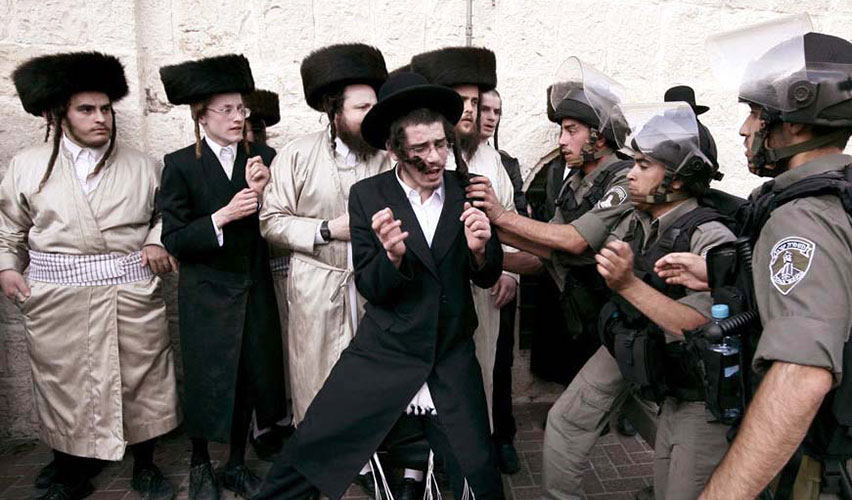
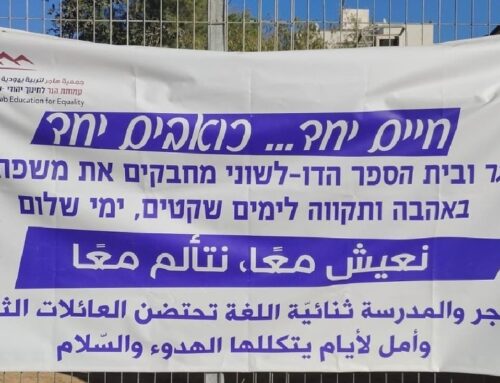
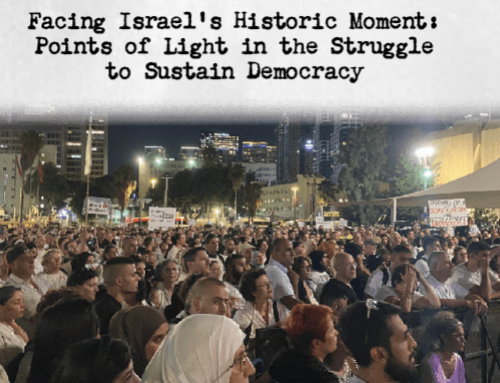
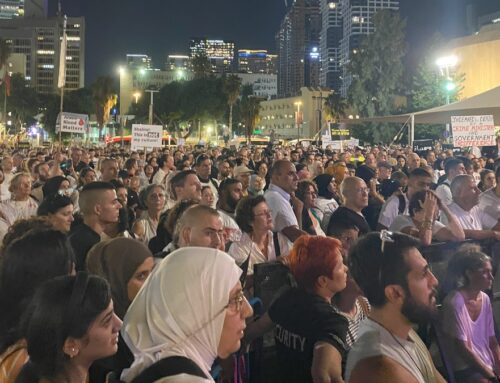
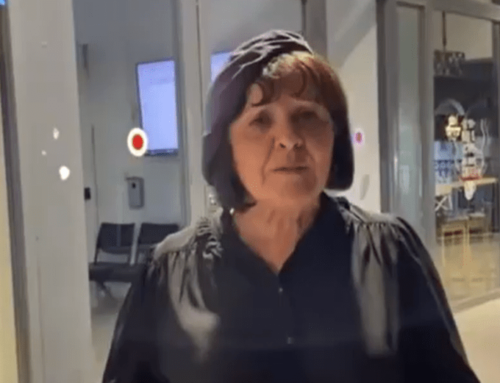
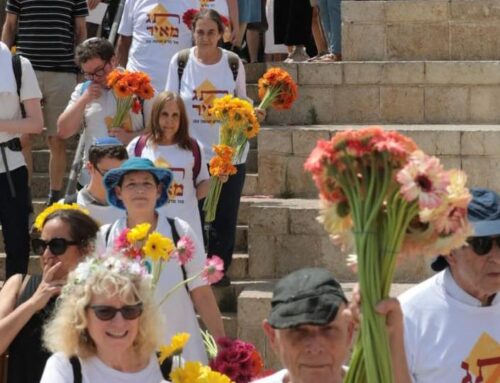
Leave A Comment